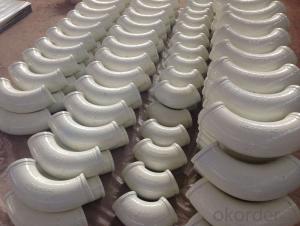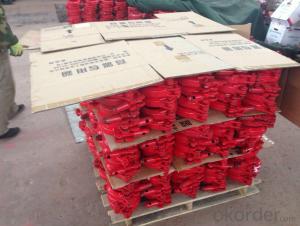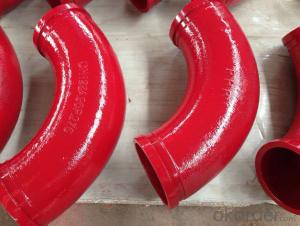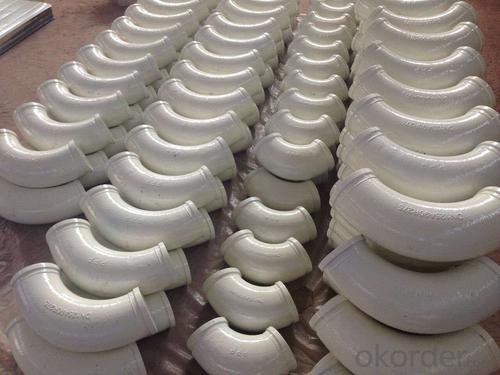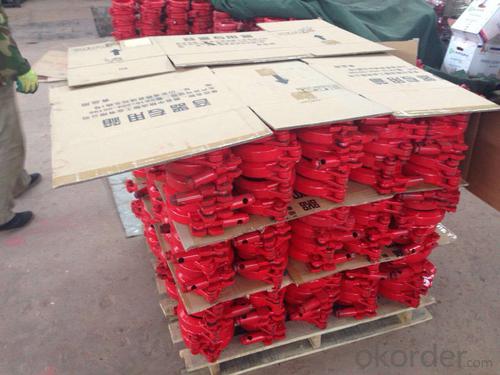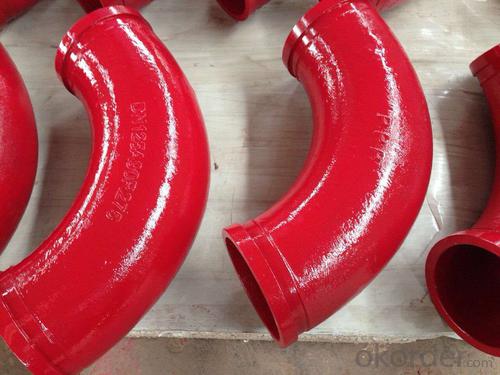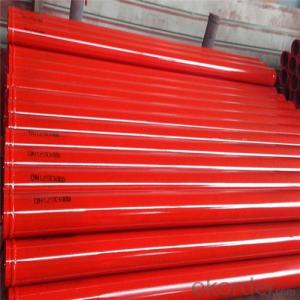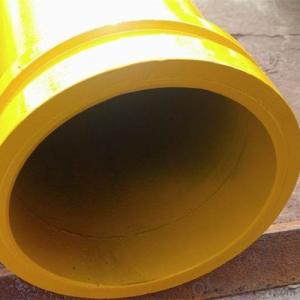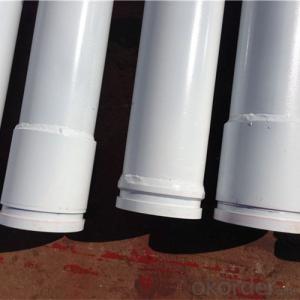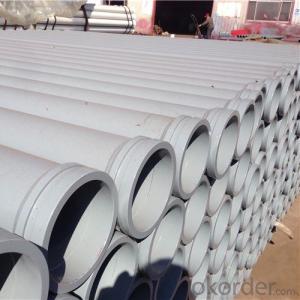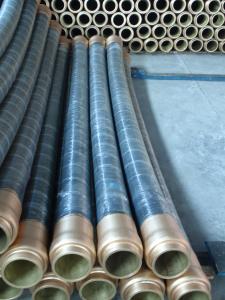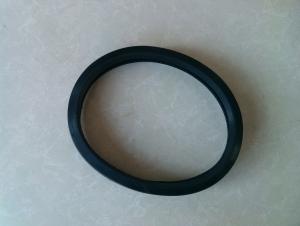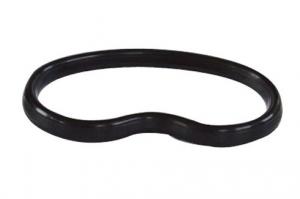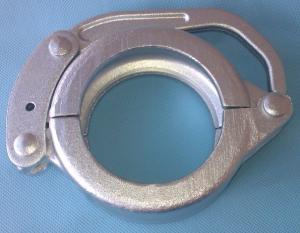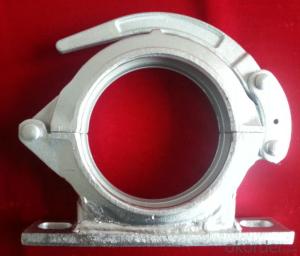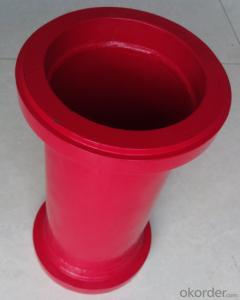CONCRETE DELIVERY ELBOW TYPE 90DEG R285 DN100
- Loading Port:
- Tianjin
- Payment Terms:
- TT OR LC
- Min Order Qty:
- 100 pc
- Supply Capability:
- 10000 pc/month
OKorder Service Pledge
OKorder Financial Service
You Might Also Like
concrete pump elbow table
Wear-resistant Single or Double Concrete Pump Elbow | |||||||
Type | Singe Elbow | Double Elbow | |||||
Model | DN125 | DN150 | DN175 | DN125 | |||
Material | Casting Steel ,ST52 | Inside | 40Cr | Outside | |||
Size | R275*90° | R275*90°+110 | 36° | F2000 | R275*90° | R275*90°+110 | |
R275*45° | R275*90°+211 | R400*30° | A3000 | R275*45° | R275*90°+211 | ||
R275*25° | R275*90°+411 | R400*45° | 471B | R275*25° | R275*90°+411 | ||
R275*20° | R275*90°+424 | R400*30° | 571B | R275*20° | R275*90°+424 | ||
R275*15° | R275*45°+170 | R488*90° | A1000 | R275*15° | R275*45°+170 | ||
R180*90° | R275*45°+310 | R500*90 | C1000 | R180*90° | R275*45°+310 | ||
R232*60° | R275*45°+310 | R280*90° | B2000 | R232*60° | R275*45°+310 | ||
R240*36° | 20°Lengthen | R240*36° | 20°Lengthen | ||||
R240*30° | 25°+740 | R240*30° | 25°+740 | ||||
R240*15° | 40°Zoomlion | R240*15° | 40°Zoomlion | ||||
R385*29° | R385*29° | ||||||
R315*33° | R315*33° | ||||||
Technic | Forged | ||||||
Average life | 25,000cubic | 50,000cubic | |||||
Appliciation | Used in concrete transport in construction work | ||||||
1.product profile:The double layer concrete pump elbow is developed by ourselves through new
technology and process.
2.characteristic:the inner layer of this concrete pump elbow undergoes heat treatment,and then the rigitiry can reach 62-65HRC.
3.characteristic:the outer layer of the concrete pump elbow possess good toughness properties
to protect the inner layer,so the security of the elbow is improved.
4.life:the experiment done abroad shows that the life of our concrete pump elbow can reach 35000-50000cbm,got the customers' praise
5.Beside the double layer concrete pump elbow,we produce all kinds of concrete pump parts,
straight pipe hose flange coupling and so on.
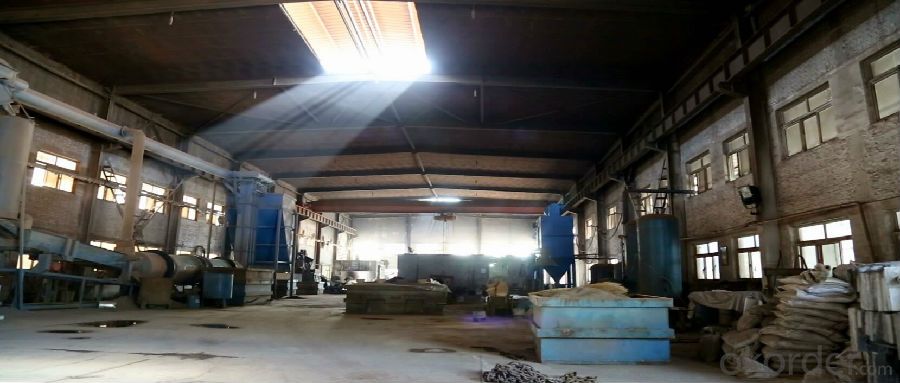
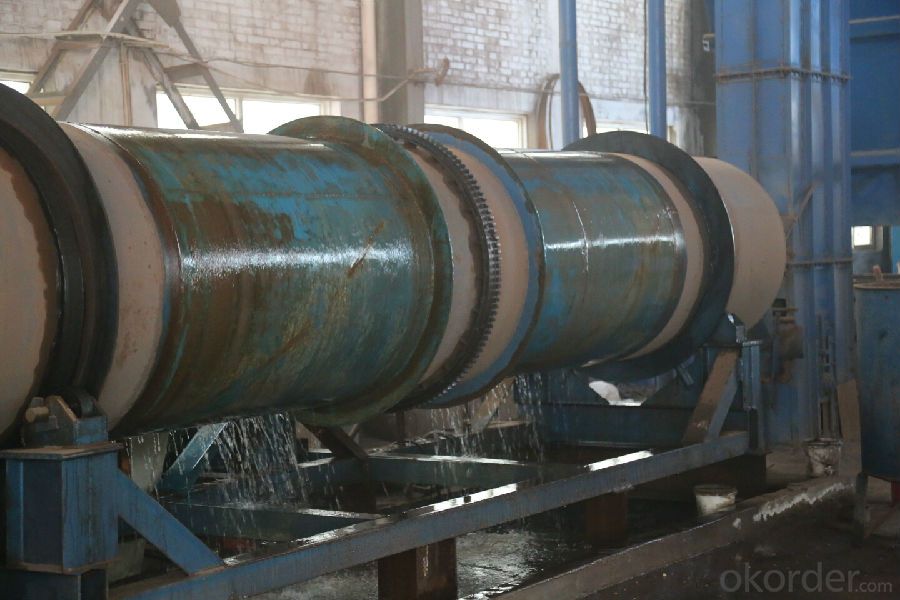
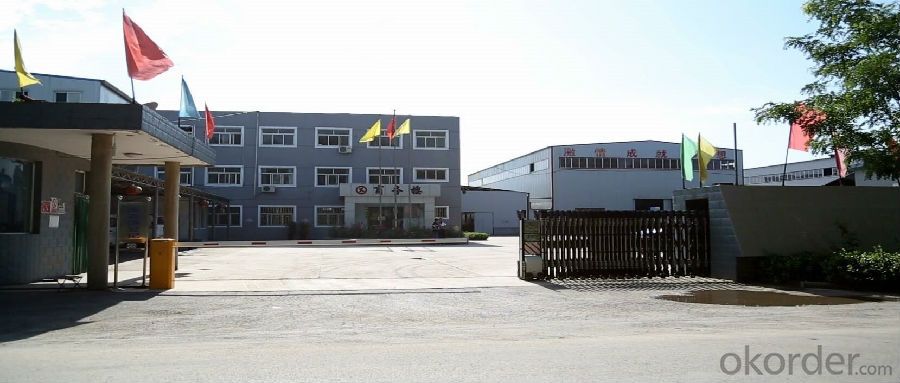
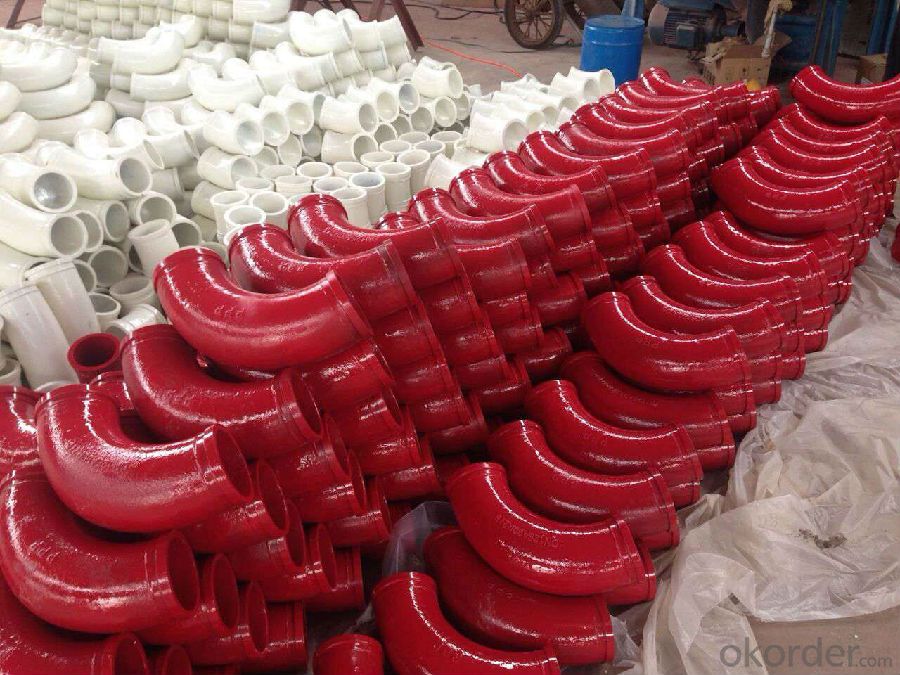
- Q: What is the function of a concrete pump hopper agitator shaft bearing?
- The function of a concrete pump hopper agitator shaft bearing is to provide support and facilitate smooth rotation of the agitator shaft, ensuring effective mixing of the concrete in the hopper.
- Q: How often should hopper cylinders be inspected or replaced in a concrete pump?
- Hopper cylinders in a concrete pump should be inspected regularly to ensure optimal performance and prevent potential malfunctions. The frequency of inspections and replacements depends on several factors, including the intensity of usage, the type of concrete being pumped, and the overall condition of the equipment. As a general guideline, it is recommended to inspect hopper cylinders at least on a monthly basis or after every 100 hours of operation, whichever comes first. During these inspections, the cylinders should be thoroughly examined for any signs of wear, corrosion, or damage. Additionally, the seals, gaskets, and other components connected to the cylinders should be checked for proper functioning. However, it is important to note that the inspection frequency may need to be increased if the concrete being pumped contains abrasive materials or if the pump is being used in harsh environmental conditions. In such cases, more frequent inspections and replacements may be necessary to avoid unexpected breakdowns and costly repairs. Ultimately, the goal is to maintain the hopper cylinders in good condition and address any issues promptly. Regular inspections, along with routine maintenance and proper cleaning, can significantly prolong the lifespan of the cylinders and ensure the concrete pump operates efficiently and safely.
- Q: How often should hopper screens be cleaned or replaced?
- Hopper screens should be cleaned or replaced regularly, ideally on a quarterly basis, to ensure proper functioning and prevent clogging or damage to the equipment.
- Q: How often should concrete pump accumulators be inspected and replaced?
- Concrete pump accumulators should be inspected at least once a year to ensure their proper functioning and identify any potential issues. However, the frequency of replacement depends on various factors such as usage, maintenance, and the manufacturer's recommendations. It is recommended to consult the equipment manual or contact the manufacturer for specific guidelines on replacement intervals.
- Q: Are there any specific guidelines for the installation of pipe or hose assemblies in concrete pump spare parts?
- Yes, there are specific guidelines for the installation of pipe or hose assemblies in concrete pump spare parts. These guidelines ensure proper installation techniques are followed to ensure the assemblies are securely and correctly installed. It is important to consult the manufacturer's instructions and adhere to industry standards to ensure optimal performance and safety of the concrete pump spare parts.
- Q: Is the main pump of the concrete pump electric control or hydraulic control?
- The main pump behind the oil pump to provide the size of the oil with the greater the current the higher the higher the higher the displacement,
- Q: How is a concrete pump pipe different from a regular pipe?
- A concrete pump pipe is specifically designed for pumping high-pressure concrete mixture from a concrete pump truck to the desired location. Unlike a regular pipe, a concrete pump pipe is made of high-quality and durable materials such as hardened steel or alloy, which can withstand the high pressures and abrasion caused by the concrete mixture. One key difference between a concrete pump pipe and a regular pipe is the thickness of the walls. Concrete pump pipes have thicker walls to ensure they can handle the high pressure and abrasive nature of the concrete mixture. Regular pipes, on the other hand, are designed for various purposes such as water or gas transportation and therefore may not have the same level of thickness and durability. Additionally, concrete pump pipes often come with different end connections, such as flanges or couplings, to allow for easy connection and disconnection to the concrete pump truck and other pipeline components. This ensures a secure and leak-free transfer of the concrete mixture. Furthermore, concrete pump pipes may also have special design features to enhance their performance and longevity. These features can include wear-resistant linings, heat treatment, or galvanization to prevent corrosion and extend the lifespan of the pipe. In summary, a concrete pump pipe differs from a regular pipe in terms of its materials, thickness, end connections, and design features. These differences enable concrete pump pipes to handle the unique requirements of pumping high-pressure concrete mixtures efficiently and effectively.
- Q: How can one determine the correct voltage and current rating for electrical components in concrete pump spare parts?
- To determine the correct voltage and current rating for electrical components in concrete pump spare parts, several factors need to be considered. Firstly, it is essential to consult the manufacturer's specifications and documentation for the concrete pump and its spare parts. These documents usually provide detailed information about the voltage and current requirements for each electrical component. Paying close attention to these guidelines ensures that the components are operated within their designed parameters. Secondly, it is crucial to understand the electrical system and its requirements. This involves analyzing the power supply available at the site where the concrete pump will be used. Factors such as the voltage level (e.g., 110V, 220V, 440V) and frequency (e.g., 50Hz, 60Hz) of the electrical supply need to be taken into account. Additionally, the maximum current capacity of the electrical system must be considered to prevent overload situations. Furthermore, it is advisable to assess the specific application and operating conditions of the concrete pump. Different components may have varying voltage and current requirements depending on their function and the environment in which they are used. For instance, components installed in outdoor areas may require higher voltage ratings to withstand harsh weather conditions. Lastly, seeking professional assistance from qualified electricians or engineers is highly recommended. They possess the expertise and knowledge to accurately determine the voltage and current ratings for electrical components in concrete pump spare parts. Their experience allows them to consider various factors such as safety regulations, compatibility with the existing electrical system, and any specific requirements of the concrete pump manufacturer. By taking into account the manufacturer's specifications, understanding the electrical system, considering the application and operating conditions, and seeking professional advice, one can effectively determine the correct voltage and current rating for electrical components in concrete pump spare parts.
- Q: What do these types of concrete pumps mean?
- HBT represents the ground pump (tow pump). 80 represents the theoretical throughput per hour, and 16 is the maximum outlet pressure of 16 MPa
- Q: What is the purpose of a concrete pump control panel?
- The purpose of a concrete pump control panel is to provide operators with a centralized interface to control various functions and parameters of the concrete pump. This control panel allows operators to start and stop the pump, control the speed and direction of the pump, and monitor and adjust the flow and pressure of the concrete being pumped. It also provides safety features such as emergency stop buttons and alarms to protect both the operators and the equipment. Additionally, the control panel may include diagnostic features that display real-time data and alerts for maintenance and troubleshooting purposes. Overall, the purpose of a concrete pump control panel is to enhance efficiency, accuracy, and safety in the operation of the concrete pumping process.
Send your message to us
CONCRETE DELIVERY ELBOW TYPE 90DEG R285 DN100
- Loading Port:
- Tianjin
- Payment Terms:
- TT OR LC
- Min Order Qty:
- 100 pc
- Supply Capability:
- 10000 pc/month
OKorder Service Pledge
OKorder Financial Service
Similar products
Hot products
Hot Searches
Related keywords
